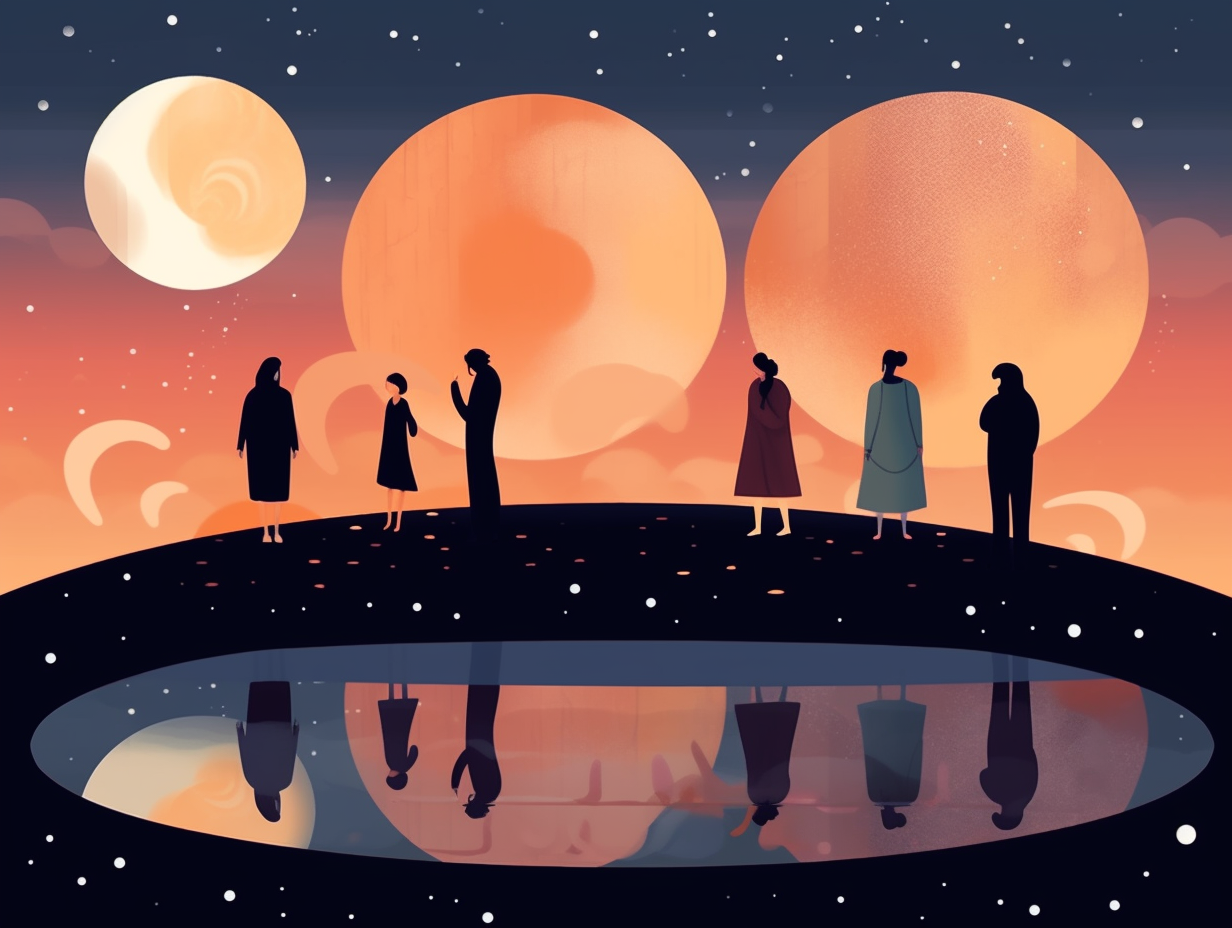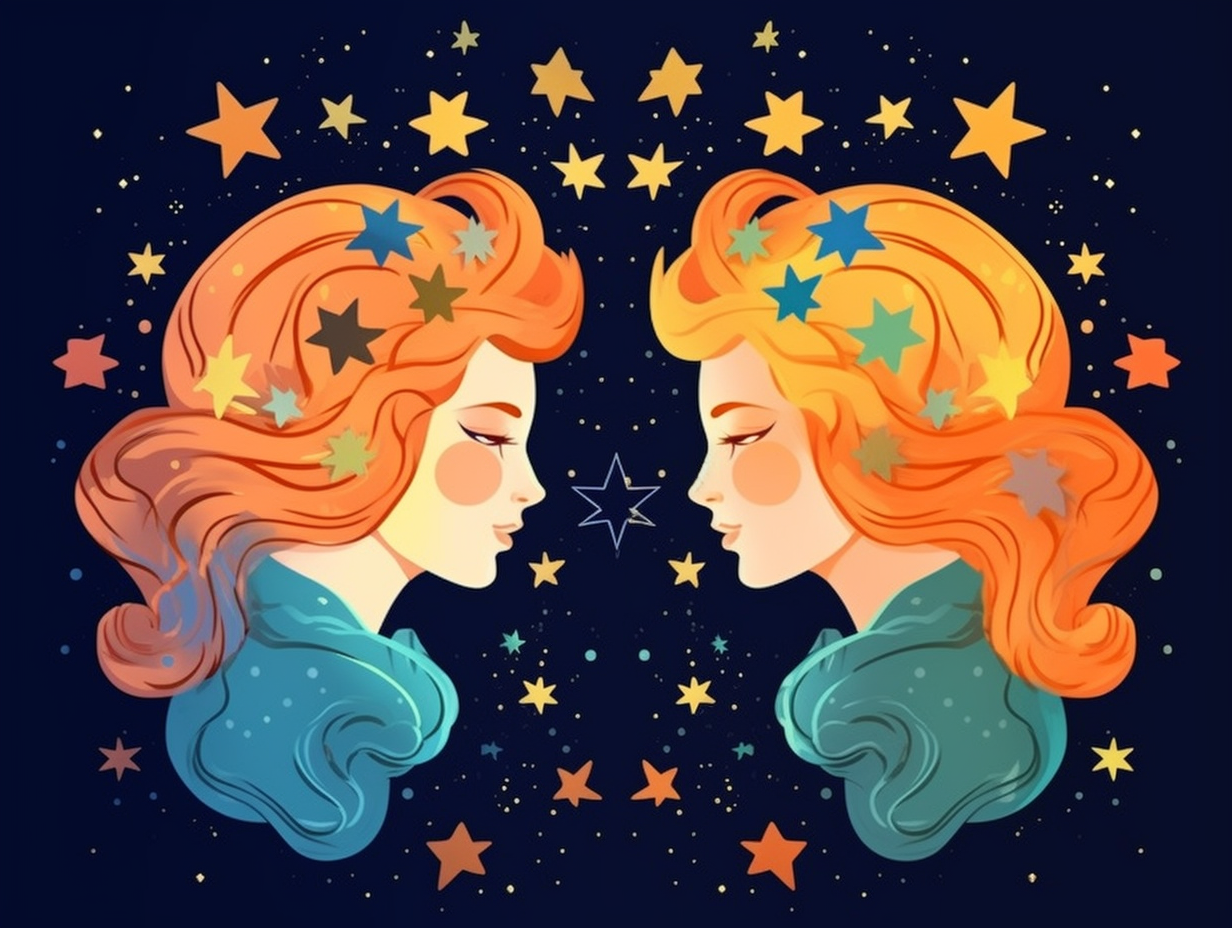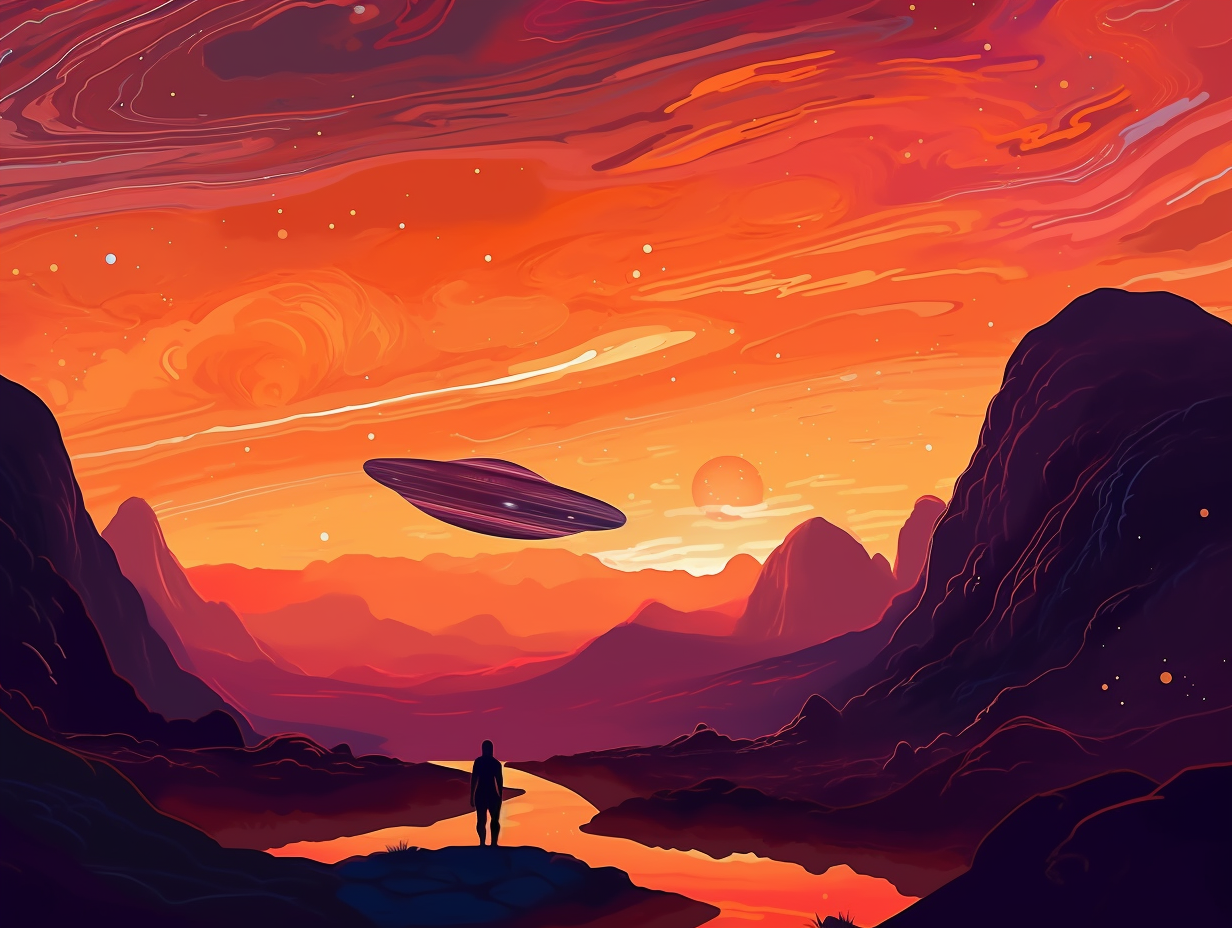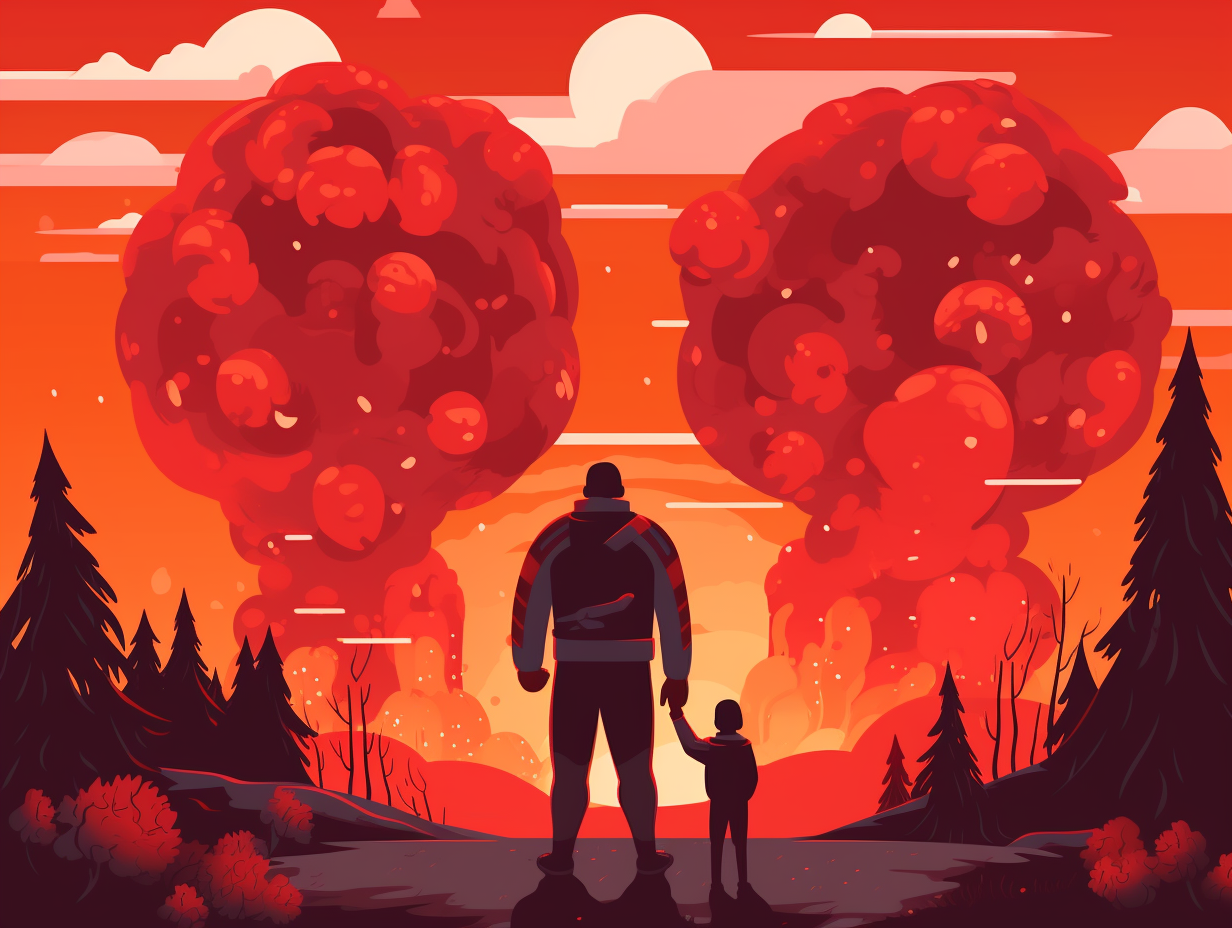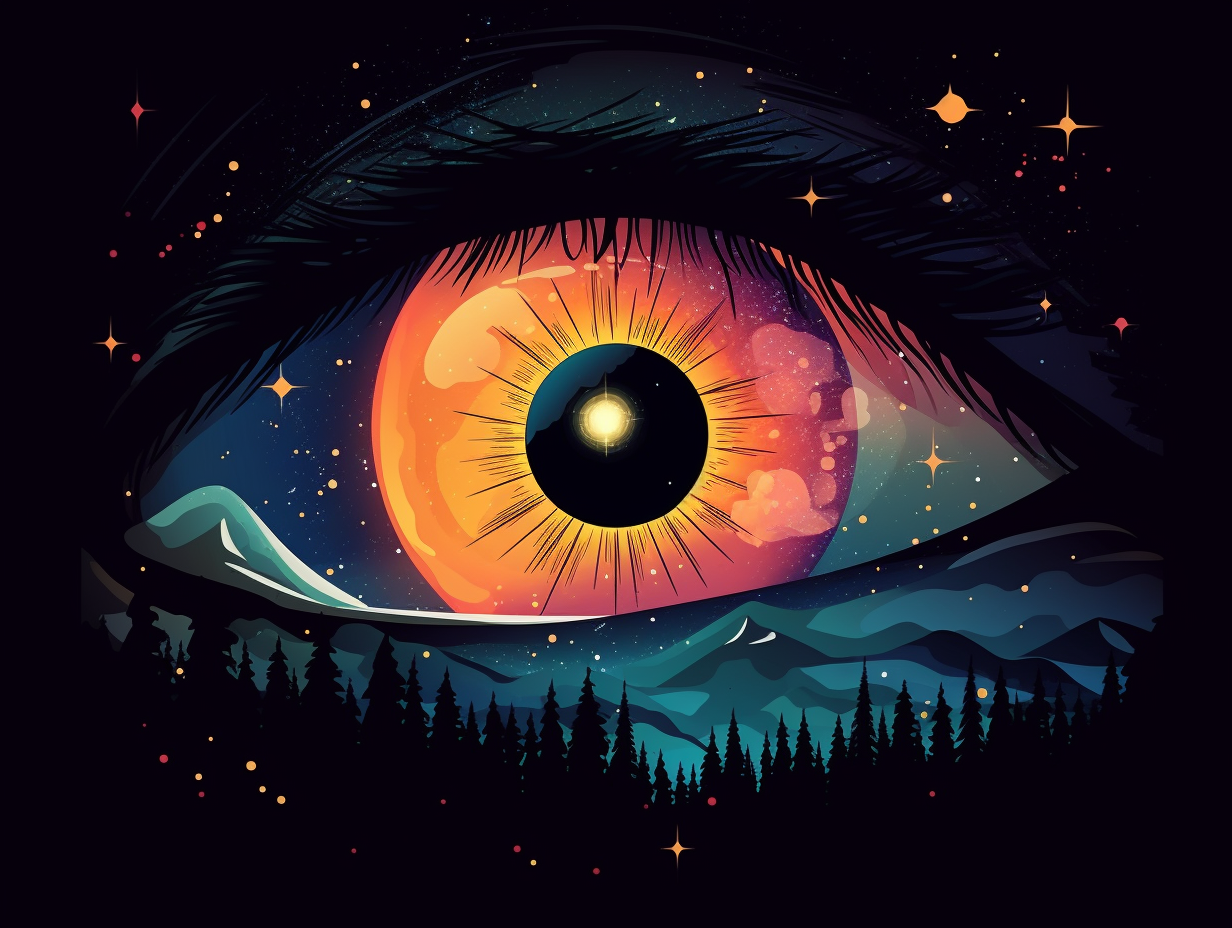Discover the Stars: 10 Amazing Fun Facts About the Leo Constellation You Didn't Know

1. Lion of the Night Sky
Beware, the lion only roars at night: But it's not the kind of lion that swipes honey from a bear like a Disney-fied royal, it’s the constellation Leo, playing hide and seek with stars like Regulus, Denebola, and Algieba! Not to mention, this jungle VIP also hosts galaxies such as Messier 65, Messier 66, and NGC 2903, and is the proud venue of an annual meteor shower, the January Leonids—although it's a bit of a modest affair. And trust us, despite the glamour, this Leo didn’t earn its 'lion' badge by tussling with Hercules; ancient and modern stargazers simply noticed something very Mufasa-esque in the night sky pattern, and that's how our celestial Simba came to be!
Source => en.wikipedia.org
2. Hercules vs. Nemean Lion
In an epic ancient MMA match that would put Conor McGregor to shame, Hercules entered the ring against the Nemean Lion with unparalleled swagger and strength: this was one showdown that took paws and pummeling to astronomical heights, as Hercules ultimately strangled the lion into submission, earning him a lion-skin wardrobe and Zeus' immortalizing this ferocious feline as the constellation we now call Leo.
Source => en.wikipedia.org

Discover the celestial love stories and moral lessons behind the constellations, as told by Artemis, the goddess of the hunt! 💫🏹😍
=> Fun Facts about Constellations
3. NGC 3628's Dusty Disguise
In a "galactic" game of hide-and-seek, NGC 3628 tried to be discreet – but its dusty fashion faux pas gave it away: Discovered by William Herschel a fashionable four years after the two more popular galaxies in the Leo Triplet group, NGC 3628 didn't flaunt its spiral structure but sported an oddly distorted dark dust band, courtesy of gravitational interactions with its galactic pals. Known as Arp 317 in the Atlas of Peculiar Galaxies, it brags of a boxy, peanut-shaped bulge of young stars, gas, and dust, tugged free from the rest of the galactic plane by the enthralling drama of celestial youth.
Source => eso.org
4. Regulus: Quadruple Star Split Personality
Regulus, Leo's superstar, has some major identity issues, as it just can't decide if it wants to be one celestial diva or four: it's actually a quadruple star system, with Regulus A nearly spinning itself into stardom annihilation, while Regulus B and C temper their enthusiasm as a cosmic odd couple - an orange dwarf and a red dwarf!
Source => theplanets.org
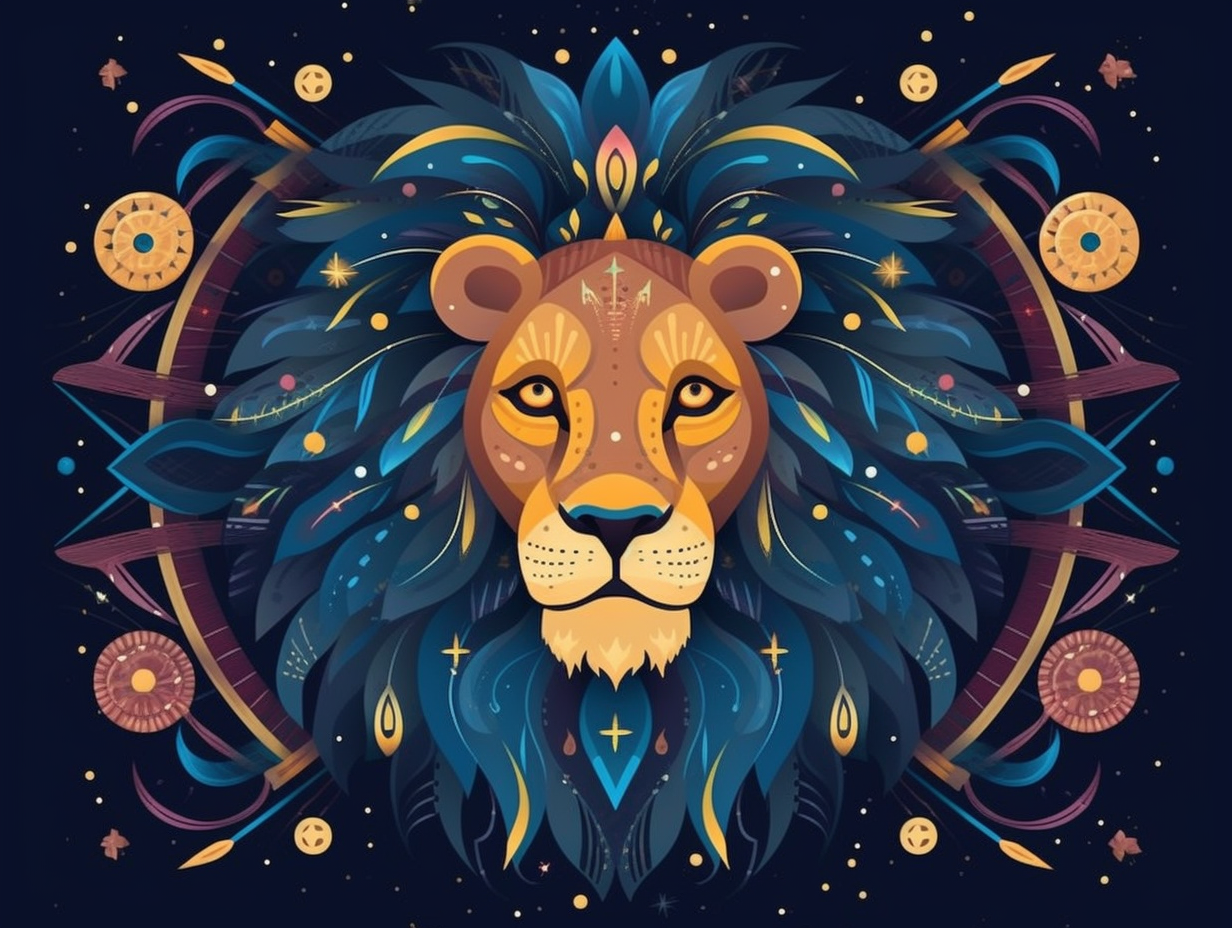
5. Leo, The Original Celestial Lion
Long before Simba claimed his throne in the Pride Lands, there was a celestial lion that ruled the night sky: the constellation Leo, dating back to ancient Babylonian times around 1000 BC, originally bore the title "The Lion" constellation. It wasn't until our Greek astronomical hero, Ptolemy, gave Leo its lion-like identity in his work, Almagest, in the 2nd century AD, solidifying its place as the king of the celestial jungle.
Source => en.wikipedia.org
6. Leo's Stellar Party Scene
If you think you're the king (or queen) of the social scene, wait until you meet the real party animals in the night sky: the stars and galaxies of the awe-inspiring Leo constellation! Feast your celestial eyes: besides housing the legendary Leo Triplet consisting of M66, M65, and NGC 3628, this regal constellation boasts several glitzy galaxies and the enormous primordial cloud called the Leo Ring, turning it into a prime spot for skywatching aficionados to stargaze and explore its cosmic wonders.
Source => space.com
7. Hidden Gem: Leo IV Dwarf Galaxy
In a galaxy far, far away – or just 500,000 light-years from us – lies Leo IV, the cosmic equivalent of a "Where's Waldo?" for astronomers: Discovered via the Sloan Digital Sky Survey images, this ultra-faint dwarf galaxy is practically bursting at the seams with mysterious dark matter, while its 13-billion-year-old stars are quietly throwing the universe's most ancient soirée. Who said getting old can't be hip?
Source => hubblesite.org
8. A Pride of 13 Bright Stars
The Leo Constellation may be king of the celestial jungle, but rest assured it doesn't have 130 lions running wild up there: Packing a pride of 13 officially named stars, including Regulus and Denebola, it adorns the night sky with its brilliant luminance.
Source => theplanets.org
9. Green Monster: Hanny's Voorwerp
If you thought green was only the color of envy, think again: Hanny's Voorwerp, discovered in 2007 by a Dutch school teacher participating in the Galaxy Zoo project, is a bright green blob near the spiral galaxy IC 2497, caused by a quasar ionization echo and believed to be the only visible part of a 300,000-light-year-long gaseous tail wrapping around the galaxy, possibly due to a dramatic encounter with a neighboring galaxy.
Source => constellation-guide.com
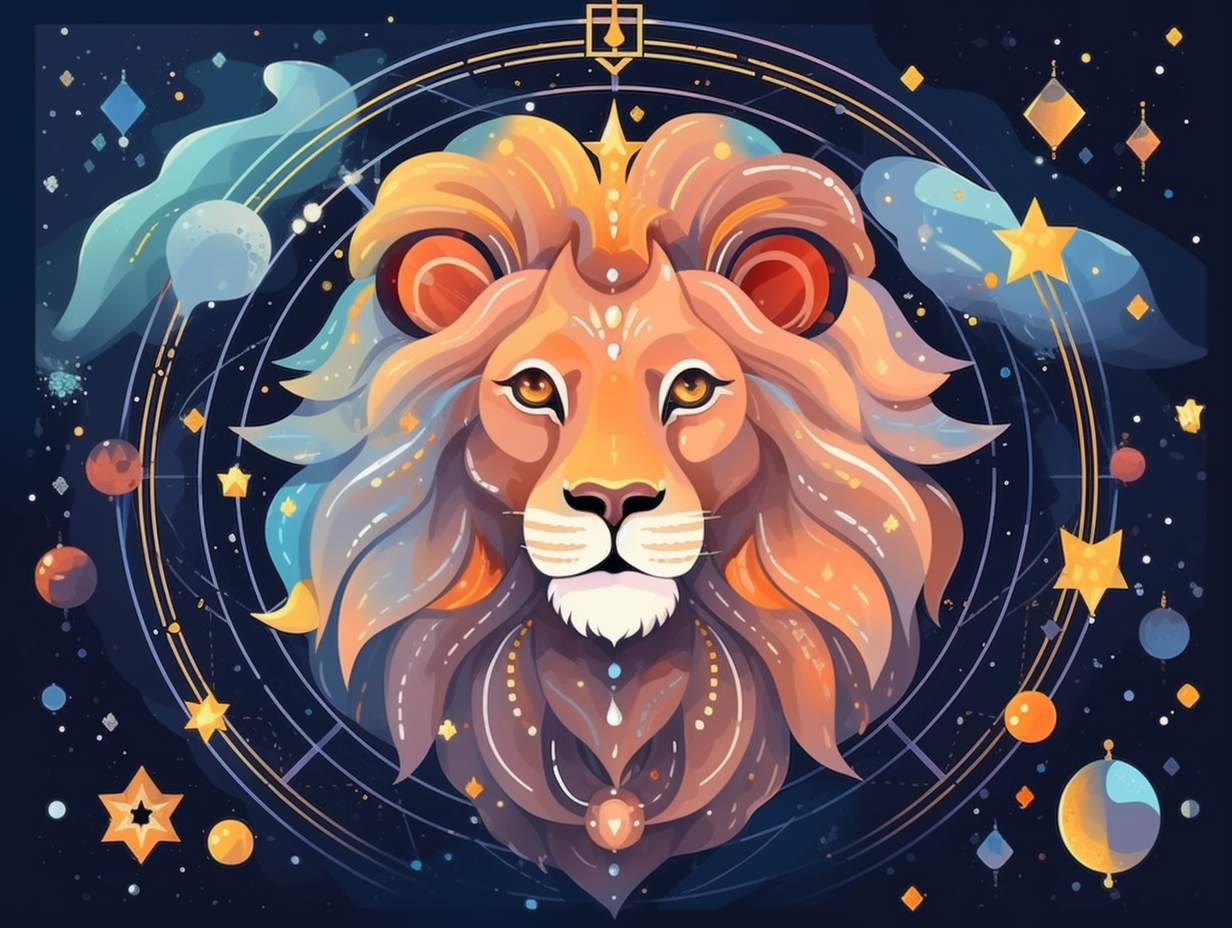
10. Leo's Meteor Shower Extravaganza
Leo's got a date with a celestial firework show, complete with comet crumbs and meteor magic: The Leonid meteor shower, caused by the debris from the periodic comet Tempel-Tuttle, peaks on November 18, 2023, at 5:33 UTC, bringing with it nostalgic memories of the spectacular 1966 storm that showered thousands of meteors per minute over a 15-minute span and the 2001 encore where North America and Hawaii witnessed a rainfall of thousands of meteors per hour.
Source => earthsky.org
Related Fun Facts

